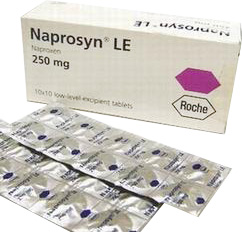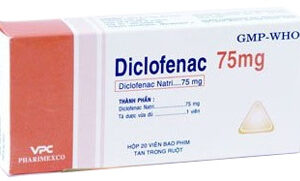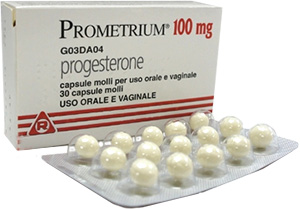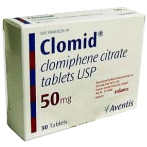Naprosyn Medication Overview
Naprosyn, the brand name for naproxen, is a nonsteroidal anti-inflammatory drug (NSAID) used to relieve pain, inflammation, and fever. It is often indicated for conditions such as arthritis, ankylosing spondylitis, tendinitis, bursitis, gout, or menstrual cramps.
Pharmacological Properties
Naproxen works by inhibiting the enzyme cyclooxygenase (COX), which is involved in the production of prostaglandins, substances in the body that promote inflammation, pain, and fever. By blocking the effects of COX-1 and COX-2, Naprosyn reduces these symptoms.
Dosage Forms and Strengths
Naprosyn is available in several forms, such as immediate-release tablets, delayed-release tablets, extended-release tablets, and suspension. The strengths typically range from 250 mg to 750 mg for oral tablets and 125 mg/5 ml for oral suspension.
Administration Guidelines
To minimize potential gastrointestinal irritation, Naprosyn should be administered with food or milk. The delayed-release formulation is designed to release the medication over time and should not be crushed or chewed. For specific dosing, refer to the condition it is prescribed for and consider the patient’s renal and hepatic function when determining dosage.
Indications and Usage
Naprosyn is commonly prescribed for the relief of moderate to severe pain, management of rheumatoid arthritis, osteoarthritis, ankylosing spondylitis, and for the treatment of primary dysmenorrhea. It is also indicated for the acute management of tendonitis, bursitis, and acute gout.
Dosing Regimen Details
Typical adult dosing for pain starts at 250 mg to 500 mg twice daily. For chronic conditions such as rheumatoid arthritis, the dosing may be higher, and physicians may adjust doses based on the severity of the disease and patient response. Dosage adjustments are also necessary for pediatric patients and based on kidney function.
Potential Drug Interactions
Naprosyn can interact with several medications. Concurrent use with anticoagulants, other NSAIDs, aspirin, corticosteroids, selective serotonin reuptake inhibitors (SSRIs), or serotonin-norepinephrine reuptake inhibitors (SNRIs) may increase the risk of gastrointestinal bleeding. Using Naprosyn with antihypertensives may reduce their efficacy, and with diuretics or ACE inhibitors could lead to renal function deterioration.
Special Patient Considerations
Patients with pre-existing cardiovascular disease or risk factors for it may be at greater risk for serious cardiovascular thrombotic events with Naprosyn. Adjustments or caution is also necessary for those with renal or hepatic impairment, as the clearance of Naprosyn may be altered.
Adverse Reactions and Side Effects
Common side effects associated with Naprosyn include gastrointestinal distress, such as heartburn, nausea, and constipation. More serious potential adverse reactions involve cardiovascular thrombotic events, gastrointestinal bleeding, ulceration, perforation, and renal toxicity. Long-term use of Naprosyn can increase the risk of these serious conditions.
Monitoring Parameters
When patients are on long-term Naprosyn therapy, periodic monitoring of liver function, renal function, and complete blood count is advised. It is also recommended to monitor for signs of gastrointestinal bleeding, especially in patients with a history of ulcer disease or those taking drugs known to increase bleeding risk.
Overdose Management
In the event of an overdose, supportive and symptomatic care is provided. There is no specific antidote for naproxen overdose. Procedures such as gastric decontamination with activated charcoal or emesis may be considered in the early stages post-ingestion.
Patient Counselling Information
Patients should be advised to take Naprosyn as prescribed and not to exceed the recommended dose. They should be informed of the signs and symptoms of serious side effects, including cardiovascular events and gastrointestinal bleeding. It is also important for patients to report any unusual symptoms or signs of hypersensitivity immediately.
Storage and Handling Instructions
Naprosyn should be stored at room temperature away from light and moisture. Dispense in a tight, light-resistant container. Keep the medication out of reach of children and dispose of any unused medication responsibly.
Naprosyn’s Pharmacokinetics
After oral administration, Naprosyn is rapidly absorbed. Peak plasma levels are typically achieved within 2-4 hours. The drug is extensively bound to plasma proteins and it is metabolized in the liver. It has an elimination half-life ranging from 12 to 17 hours. Excretion is predominantly renal as both free and conjugated forms.






Reviews
There are no reviews yet.